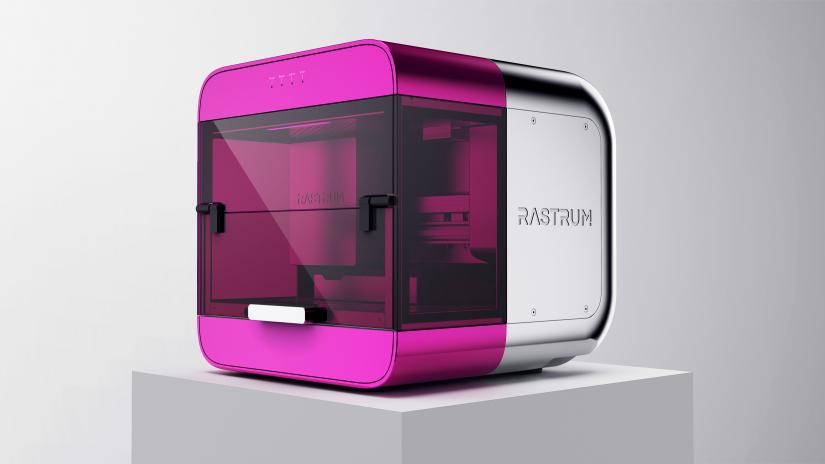A UTS industry collaboration with Inventia Life Science is helping to advance 3D bioprinting technology.
Dr Irina Kabakova and Dr Hadi Mahmodi in the UTS Brillouin Microscopy lab.
Researchers at the University of Technology Sydney are leading the way in the use of specialised imaging techniques – in particular Brillouin microscopy – to assess 3D printed biomaterials, cells and tissues at the microscale.
Dr Irina Kabakova heads a new state-of-the-art facility for Brillouin imaging at UTS – the first of its kind in Australia. The team is currently collaborating with Australian biotech company Inventia Life Science to advance 3D bioprinting and transform medical research.
“Our work with Inventia Life Science is a great example of a successful collaboration between UTS researchers and biotech business, with our work helping the continuous improvement of the innovative RASTRUM bioprinting platform,” says Dr Kabakova.
“3D bioprinting is revolutionising medicine by allowing the creation of realistic mimic of living tissues in the laboratory for applications in fundamental research, drug discovery, and regenerative medicine,” says Dr Robert Utama from Inventia Life Science.
The rapid technological development of 3D bioprinting has seen extraordinary advances internationally including the printing of integrated organs; a thyroid gland and an ovary. The 3D bioprinting market is expected to be worth $4.4 billion globally by 2028.
As part of the bioprinting process, it is necessary to assess the mechanical properties of the printed tissues, such as elasticity and viscosity, to see how well they mimic actual human or animal tissues, and Brillouin microscopy is an excellent way to assess these factors.

RASTRUM 3D bio-printer
“Ideally, we want the artificial tissue to resemble real tissue in terms of its physical properties, to drive the desired biological behaviours. This includes the structural accuracy of the bioprinted artificial tissue, and also its long-term changes and stability as the bioprinted tissue matures,” says Dr Kabakova.
Brillouin microscopy uses focussed light to probe the mechanical properties of a material point by point, providing information about its characteristics. It has advantages over other imaging techniques because it doesn’t require the use of physical contact or ‘labels’ that may damage the cells.
“The most common imaging is fluorescent imaging, which uses tiny light-absorbing and re-emitting particles, or labels, to visualise cell function and structure. However, these particles can affect cellular activity and sometimes be deadly to cells,” says Dr Kabakova.
“Brillouin microscopy avoids using externally added chemicals, so we can produce images of cells without disturbing them, and paint a more comprehensive picture of how cells work. It also has the potential to be used not only in the lab but also in the clinic.”
The findings from research with Inventia Life Science on the effectiveness of Brillouin microscopy in assessing the physical properties of bioprinted hydrogel materials for tissue mimic using RASTRUM has just been published in the journal Bioprinting.
Lead author Dr Hadi Mahmodi says hydrogels are a key component for bioprinting success as they provide the scaffold and medium for cells to grow and function in 3D. Brillouin microscopy was found to be effective in non-invasively probing the micromechanical properties of these hydrogels in 3D.
“Due to the three-dimensional nature of bioprinted tissue models, which are immersed in medium to avoid dehydration, it is often challenging to study their architectural and mechanical properties without damaging them,” says Dr Mahmodi.
“This technique not only reveals the spatial structure and composition of the 3D bioprinted model but also temporal changes such as swelling and degradation that can be tracked over time,” he says.
In the future Brillouin microscopy could be combined within the printer design to achieve simultaneous real-time fabrication and micromechanical assessment.
“The outcome of this work has direct implications for pharmaceutical and health industries as bioprinters are increasingly used around the world to test and optimise drugs, as well as to better understand diseases and treatment options,” says Dr Kabakova.
Read the paper: Mechanical mapping of bioprinted hydrogel models by brillouin microscopy

